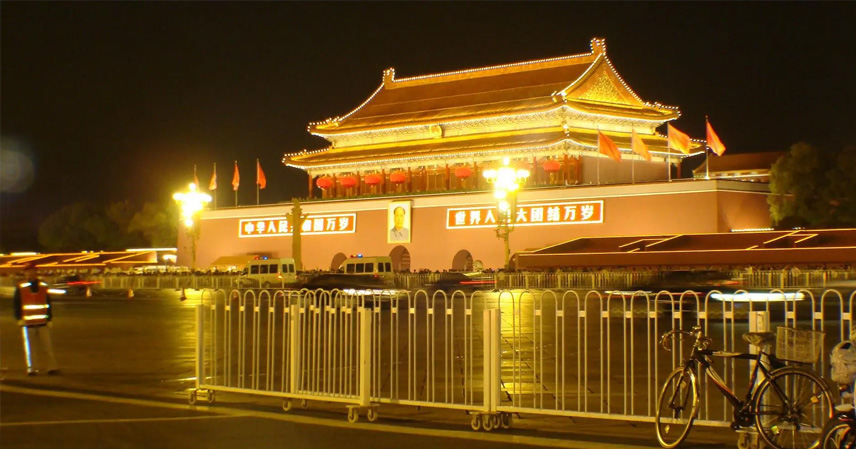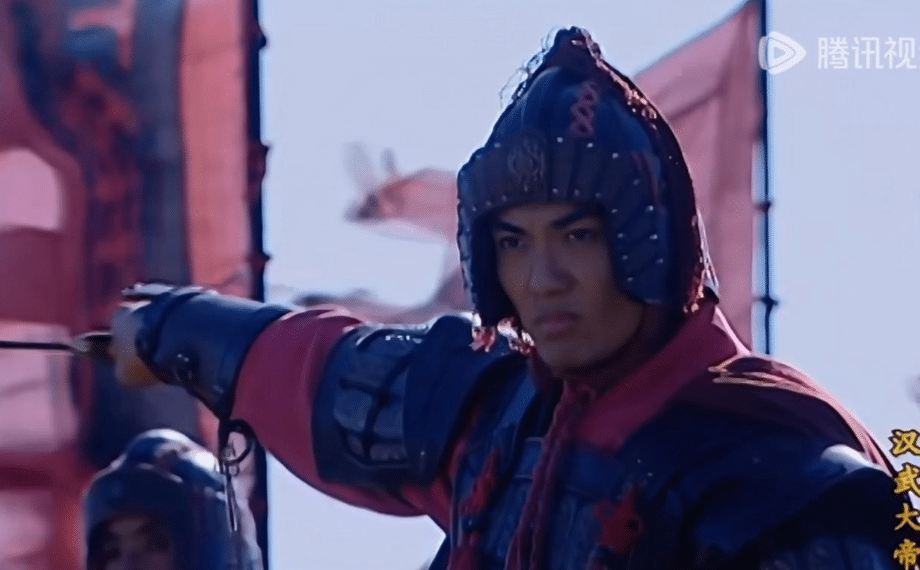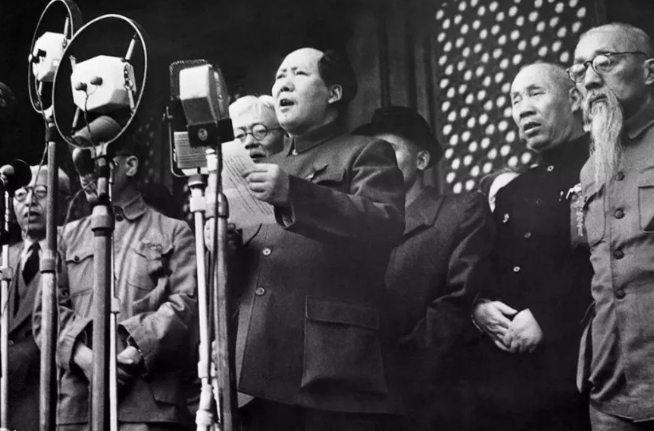In the annals of architectural history, Tiananmen Gate stands as a timeless symbol of imperial grandeur, originally known as Chengtian Gate during the Ming Dynasty. Constructed over 600 years ago, this iconic structure was masterminded by Kuai Xiang, a remarkably talented craftsman in his early thirties at the time. What makes his design truly extraordinary is the absence of a single nail—relying instead on the sophisticated mortise-and-tenon joints that have ensured its stability through centuries of wear. Later restorations revealed innovative techniques like the “hollow construction” and “diamond legs,” showcasing engineering prowess that continues to impress modern experts.
A Prodigy Emerges: Youthful Talent in Imperial Service
Historical records and archaeological findings place the construction of Tiananmen Gate in the early Ming Dynasty, coinciding with the building of the Forbidden City. Emperor Yongle (Zhu Di) relocated the capital from Nanjing to Beijing to fortify defenses against northern nomadic threats, commissioning grand projects to reflect the empire’s might.

Initially, the emperor sought the expertise of Kuai Fu, the seasoned designer of Nanjing’s imperial palace, renowned for his engineering acumen. Recognizing his advancing age and the project’s demands, Kuai Fu humbly recommended his son, Kuai Xiang, praising him as a prodigy who not only mastered his father’s skills but innovated beyond them.
By his early thirties, Kuai Xiang had already demonstrated exceptional dexterity—capable of sketching symmetrical dragon motifs with both hands simultaneously, a feat that left fellow artisans in awe. Yet, as the face of the empire, Chengtian Gate demanded rigorous vetting. Skeptical courtiers dismissed the young architect as inexperienced, but Emperor Yongle insisted on a personal assessment.
Kuai Xiang rose to the challenge, eloquently explaining his design rationale while accurately measuring dimensions by eye with negligible error. His poise and precision quickly won over the emperor and the court, securing his role as lead designer.
Crafting an Imperial Masterpiece: The Construction Journey
With imperial approval, Kuai Xiang spearheaded the project, supported by his father as advisor and overseer. The process began with meticulous blueprinting—a months-long endeavor of isolation and refinement, culminating in a scale model that captured the gate’s majestic essence.

The model embodied “accepting heaven’s mandate,” blending imperial symbolism with an expansive, inclusive aesthetic that evoked boundless harmony. Emperor Yongle was captivated, praising its alignment with dynastic ideals.
Construction then mobilized a collaborative workforce: Kuai Xiang oversaw the overall vision, while mason Lu Xiang carved white jade balustrades, tile maker Yang Qing fired glazed components, and the vast Xiangshan artisans’ guild handled assembly. This synergy elevated Tiananmen Gate to a pinnacle of Ming Dynasty craftsmanship, embodying the era’s cultural zenith.
Central to its durability was the mortise-and-tenon system—interlocking wooden joints far more resilient and adaptable than metal fasteners, immune to rust and allowing natural flex during seismic events. This technique, though labor-intensive, has preserved the structure’s integrity without nails.
Echoes of Ancient Ingenuity: Hidden Innovations Revealed
Subsequent restorations uncovered Kuai Xiang‘s “hollow construction” technique: precisely calibrated gaps at beam-column junctions that balanced risk and reward. These voids, if misjudged, could compromise stability, but Kuai Xiang‘s exactitude created a lightweight, ventilated framework that enhances earthquake resistance and airflow—benefits that modern engineers still admire.

Another stroke of genius addressed a mishap with precious nanmu wood, a rare and costly timber. When a carpenter accidentally shortened a beam, Kuai Xiang devised the “diamond legs”: ornate, pivoting dragon-head fittings at the ends, transforming flaw into feature. Installed as a threshold, they added both aesthetic flair and functional adaptability.
Upon completion around 1420, Emperor Yongle ascended the gate, surveying the orderly expanse of Beijing below—a vista of imperial prosperity. Over the centuries, Tiananmen Gate has endured invasions, renovations, and revolutions, evolving into the modern landmark we know today. Its survival speaks to the enduring wisdom of Ming Dynasty engineering, a testament to human innovation in the face of time.
References
- Wikipedia: Kuai Xiang
- Chinese History Digest: Tiananmen Gate
- China Daily: Tian’an Men Gate History



